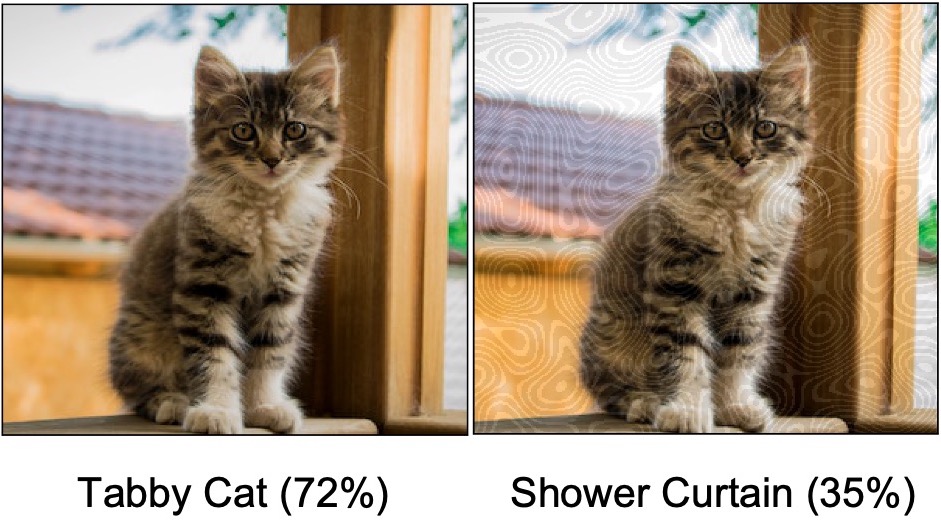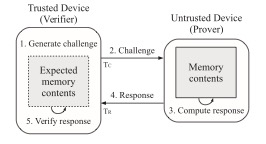Object Removal Attacks on LiDAR-based 3D Object Detectors
LiDARs play a critical role in Autonomous Vehicles’ (AVs) perception and their safe operations. Recent works have demonstrated that it is possible to spoof LiDAR return signals to elicit fake objects. In this work we demonstrate how the same physical capabilities can be used to mount a new, even more dangerous class of attacks, namely Object Removal Attacks (ORAs). ORAs aim to force 3D object detectors to fail. We leverage the default setting of LiDARs that record a single return signal per direction to perturb point clouds in the region of interest (RoI) of 3D objects. By injecting illegitimate points behind the target object, we effectively shift points away from the target objects’ RoIs. Our initial results using a simple random point selection strategy show that the attack is effective in degrading the performance of commonly used 3D object detection models.
Z. Hau, K.T. Co, S. Demetriou, E.C. Lupu. Object Removal Attacks on LiDAR-based 3D Object Detectors. Automotive and Autonomous Vehicle Security (AutoSec) Workshop @ NDSS Symposium 2021.








